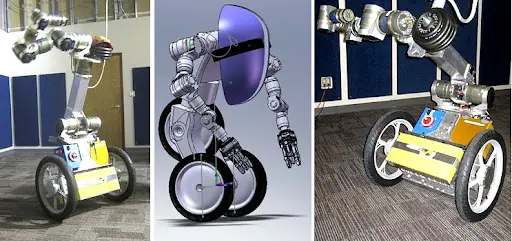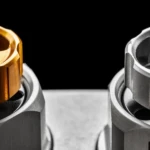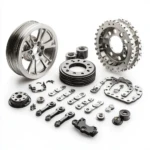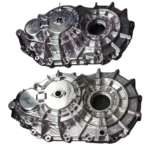Introduction to CNC metal processing
In the manufacturing world, accuracy and accuracy are crucial. One technology that has completely changed the industry is computer numerical control (CNC) metalworking. This process involves cutting and shaping metal parts with precise sizes and specifications using computer-controlled machines. With the advent of advanced CNC machining equipment and production technology, manufacturers can now easily and efficiently produce complex metal parts.
What is CNC metalworking?
CNC metalworking is a subtractive manufacturing process that involves removing material from workpieces to create the desired shape and design. This process uses a computer program to control the movement of the machine tool, which can perform various operations such as cutting, drilling and grinding. This technology allows the production of complex parts with high precision and accuracy, making it an important tool in a variety of industries, including aerospace, automotive and medical equipment.
Benefits of CNC metal processing
CNC metal processing has many benefits. Some advantages include:
- High precision and accuracy: CNC machines can produce parts with precise dimensions and tolerances, reducing errors and rework.
- Improve efficiency: CNC machines can run 24/7, reducing production time and increasing productivity.
- flexibility: CNC machines can be programmed to perform various operations, making them a versatile technology of manufacturing technology.
- Cost-effective: CNC processing can reduce labor costs and material waste, making it an economically efficient choice for manufacturers.
Application of CNC metal processing
CNC metal processing is widely used in various industries. Some common applications include:
- Aviation Industry: CNC machining is used to produce complex aircraft components such as engine parts and landing gear.
- Automotive Industry: CNC machining is used to produce engine components, transmission parts and other automotive parts.
- Medical equipment: CNC processing is used to produce medical implants, surgical instruments and other medical equipment.
Five-axis CNC machining
Five-axis CNC machining is a CNC machining that involves the use of five-axis moving cutting tools. This technology allows the production of complex parts with complex shapes and designs. Five-axis CNC machining is often used in industries requiring high-precision parts, such as aerospace and medical equipment.
Post-processing and completion of services
In addition to CNC machining, post-processing and completion services are also crucial to the production of high-quality parts. These services include:
- Grinding: Grind the surface of the part and achieve the desired finish.
- polishing: Polishing is used to achieve high cluster finish on parts.
- examine: Check the size and quality of the part.
in conclusion
CNC metalworking is a powerful technology that revolutionized the manufacturing industry. It has the ability to produce complex parts with high precision and accuracy, and it has become an important tool in various industries. By understanding the benefits and applications of CNC metalworking, manufacturers can leverage this technology to effectively produce high-quality parts.
FAQ
Q: What is CNC metal processing?
A: CNC metalworking is a subtractive manufacturing process that involves removing material from workpieces to create the desired shape and design using a computer-controlled machine.
Q: What are the benefits of CNC metal processing?
A: The benefits of CNC metal processing include high precision and accuracy, improved efficiency, flexibility and cost-effectiveness.
Q: What is the application of CNC metal processing?
A: CNC metal processing is widely used in various industries including aerospace, automotive and medical equipment.
Q: What is five-axis CNC machining?
A: Five-axis CNC machining is a CNC machining that involves the use of five-axis moving cutting tools, allowing for the production of complex parts with complex shapes and designs.
Q: What is post-processing and completion service?
A: Post-processing and finishing services include grinding, polishing and inspection, which are used to smooth the surface of parts, achieve high upgrade finishes and verify the size and quality of parts.
















